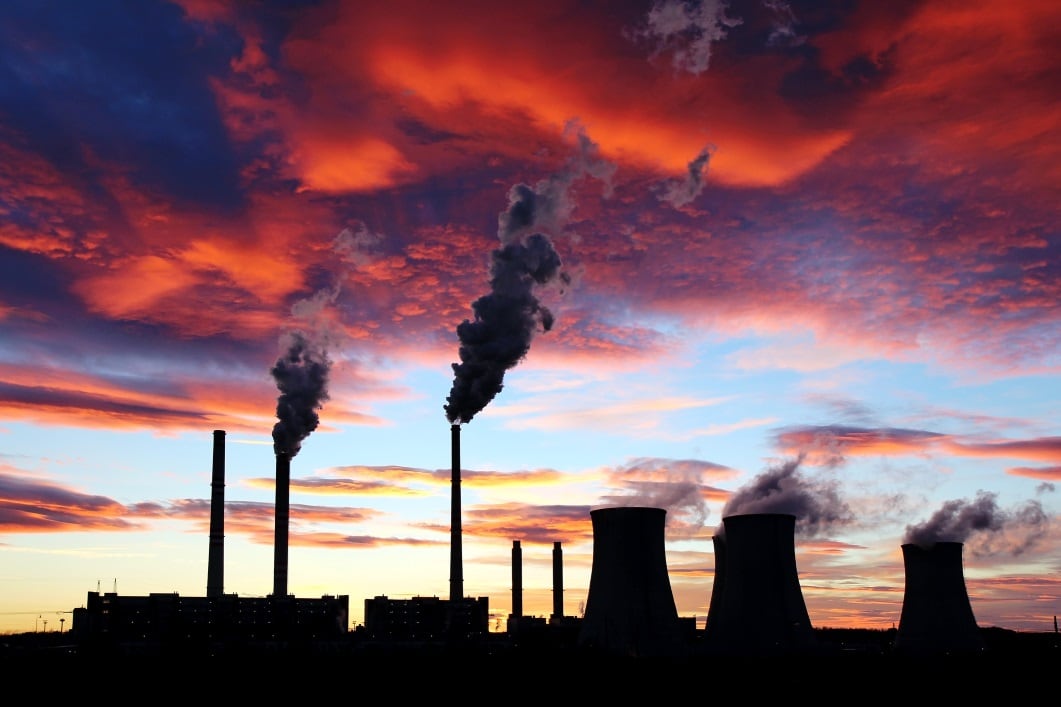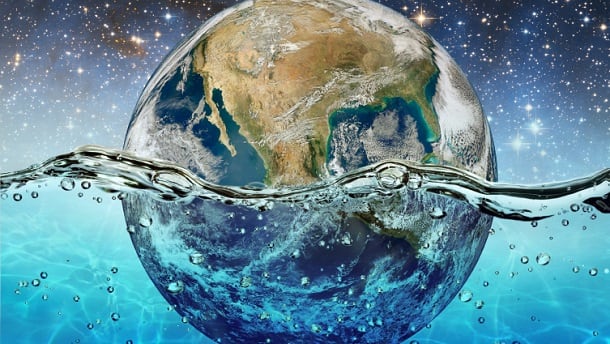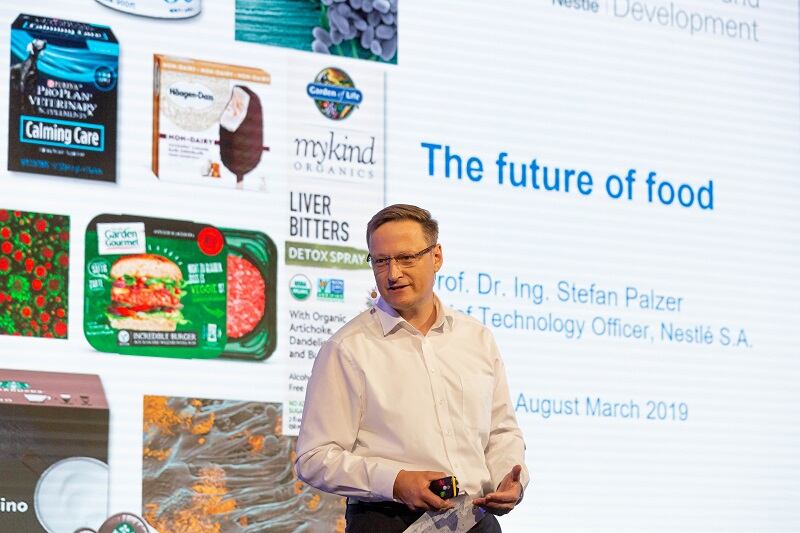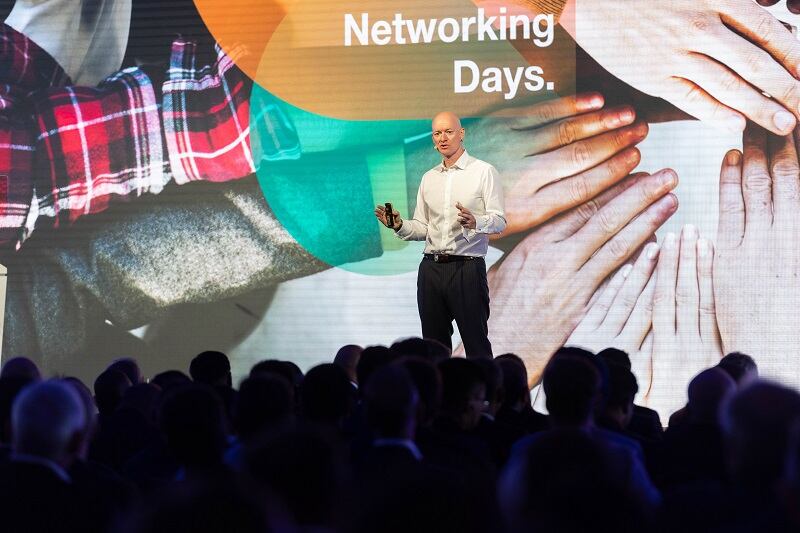Nestlé recently announced its ambition to achieve zero net greenhouse gas emissions by 2050, signing up to the UN Global Compact on climate change alongside 86 other companies representing a market capitalization of US$2.3trn.
Nestlé said the move embraces the ‘most ambitious aim’ of the Paris Agreement, to limit global temperature rise to 1.5°C. This is the point at which ‘catastrophic consequences’ would ensue from global warming, a recent report by the Intergovernmental Panel on Climate Change (IPCC) warned.
In some respects, then, limiting global warming to 1.5°C is the bare minimum if the world is to be spared the devastation that would be ushered in by more extreme climate change scenarios.
Companies like Nestlé are at the sharp end of the issue, Batato told FoodNavigator. Speaking to us at the inauguration of the company’s Institute of Packaging Sciences in Lausanne, Switzerland, Batato insisted that a ‘business as usual’ approach was simply not an option.
“We are doing it for the sustainability of our business. If we stay on a 2°C ‘business as usual’ course that will mean a 3.5-4 °C rise in temperatures by 2050. A lot of commodities would no longer exist. Coffee would be one of them,” he stressed.
Nestlé produces coffee under its powdered and liquid beverages division, which generated almost 24% of sales at the world’s largest food group last year. Brands include Nescafé, Nespresso and Starbucks retail products.
For this reason, Batato is convinced investors now see the case for spending on sustainability initiatives. “We continue to remain cost conscious. But if we have more business today, and no business by 2040 what is better?”
Product innovation to tackle climate crisis
Indeed, Batato maintained that taking action on climate change does have a business case today because it enables brands to build relationships with an increasingly aware consumer base.
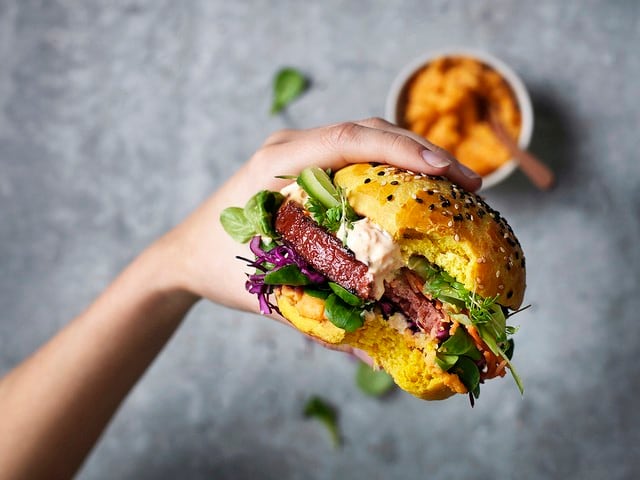
“I am encouraged to see climate change becoming an important subject for consumers. There is a shift in consumer behaviour. The more we can communicate, the more we can engage, the better. For a simple reason. The consumer connects emotionally with the brands.”
Nestlé is in a position where it is able to influence consumer behavior to facilitate dietary changes that are also good for the environment. Batato highlighted the company’s plant-based protein business, including the Garden Gourmet brand, as a case in point.
“We will put more [plant-based] innovation on the market. It will depended on the consumer picking it up, but we see that rapid shift.”
As part of its push toward zero emissions, Nestlé said it will launch more products that have a better environmental footprint and contribute to a balanced diet. Indeed, this week the company rolled out new Garden Gourmet SKUs in the US.
Nestlé will also look to reformulate its products using more climate-friendly ingredients. Batato noted, for instance, the new recipe innovation in chocolate that has enabled the company to utilise the cocoa pulp as a natural sweetener. This reduces food waste by keeping what would otherwise have been discarded in the food chain.
The company is also moving to alternative packaging materials. This includes reducing its reliance on plastics through innovations such as its paper-based packaging, which has been rolled out for Nesquik and YES! Bars.
Consumer demand for such products is rapidly increasing and Nestlé’s core strategy is ‘in line’ with this shift, the company claimed.
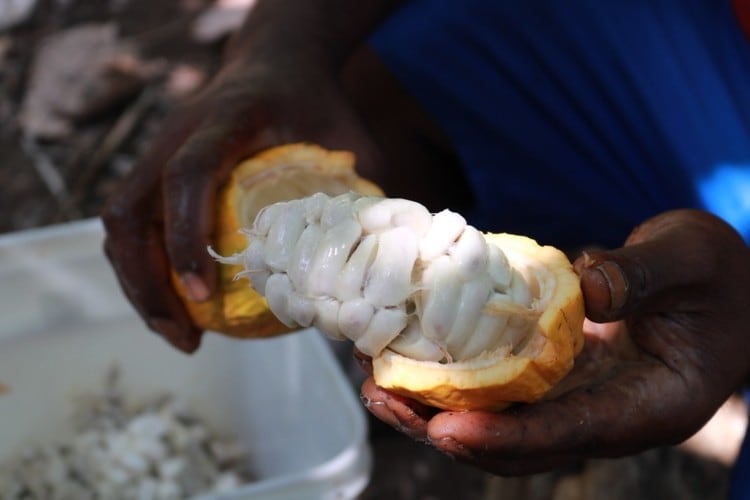
Agri and supply chain initiatives
Nestlé’s commitment covers three scopes of emissions, Batato explained. “It includes our operations, the energy we buy and scope three is the agricultural piece. We want to achieve zero emissions from farm to shelf.”
The agricultural supply chain is a challenging topic. Batato said agriculture contributes roughly 50-60% of emissions in Nestlé products. “It is a big job,” he conceded.
Nestlé plans to ‘strengthen’ its programs with farmers to restore land and limit greenhouse gas emissions. This includes improved management of its dairy supply chain.
“We have started to work with our suppliers,” Batato revealed. “In dairy, for instance, depending on the environment in some parts of the world a cow produces 5-6 litres [of milk daily] versus up to 60 litres in other regions. We are working with our suppliers to help them produce more milk, maybe 10-12 litres, because it cuts the footprint of the milk produced by a single cow."
Additionally, Nestlé said it will will step up efforts to protect forests by replanting trees and enhancing biodiversity. All of these initiatives will help build resilient agricultural communities.
“This work needs to be accelerated drastically,” Batato told this publication.
Energy in Nestlé’s operations
Nestlé factories, warehouses, logistics and offices will switch to 100% renewable energy, Batato continued.
The operations chief said that significant work has already been undertaken within the scope of Nestlé’s own operations. "One hundred and forty-three of the 413 factories we operate use renewable energy, 22 of those use coffee granules as biomass, in line with circular models.”
When it procures energy, Nestlé believes that buying from renewable suppliers is the best way to maximise its impact because it sends a signal to the market and enables suppliers to invest in new infrastructure such as wind and solar farms.
“The main focus is [in buying] renewables to push investments for windfarms and solar. It is a bit like plastic development – it allows renewable energy suppliers to show the business case. We are still starting that journey. We can’t do it alone.”
Significantly, for Nestlé suppliers, Batato stressed that the company has already shown it is willing to de-list those that fail to deliver in terms of impact. Pointing to Nestlé’s success in working towards zero-deforestation by 2020 (‘we will be nearly there’) he noted: “We put in place tools that have proven effective. One of those is that we have de-listed suppliers who fail to meet our standards. How can we take the same approach [to support] our action on climate?”
Regulation would 'level the playing field'
Indeed, Batato was keen to stress that, while the world’s largest food company has significant influence, it is simply unable to turn the tide on climate change alone. That is why it is so important to work within collaborative structures, such as the UN’s Climate Change pact, and other multi-stakeholder platforms.
However, he continued, the focus to date has ‘concentrated’ on NGOs and the private sector.
Should legislators take a more active stance on climate change? The short answer is: Yes.
“From the governments, we would welcome any regulation that… progresses climate protection. It would help create a level playing field. Perhaps there are some smaller or regional companies who don’t want to invest in climate protection. For us [without regulation] it is an extra cost.”
And, while Nestlé and others might be committing to what scientists say is a minimum to protect us from climate change, Batato stressed that this is nevertheless something of a Herculean task.
“The 2050 targets are extremely ambitious. To put it in context, to move from a position of 2°C warming to 1.5°C multiplies the effort required by 4-6 times for a company of our size. And we are looking at it from farm to shelf… we have much more to do.”

